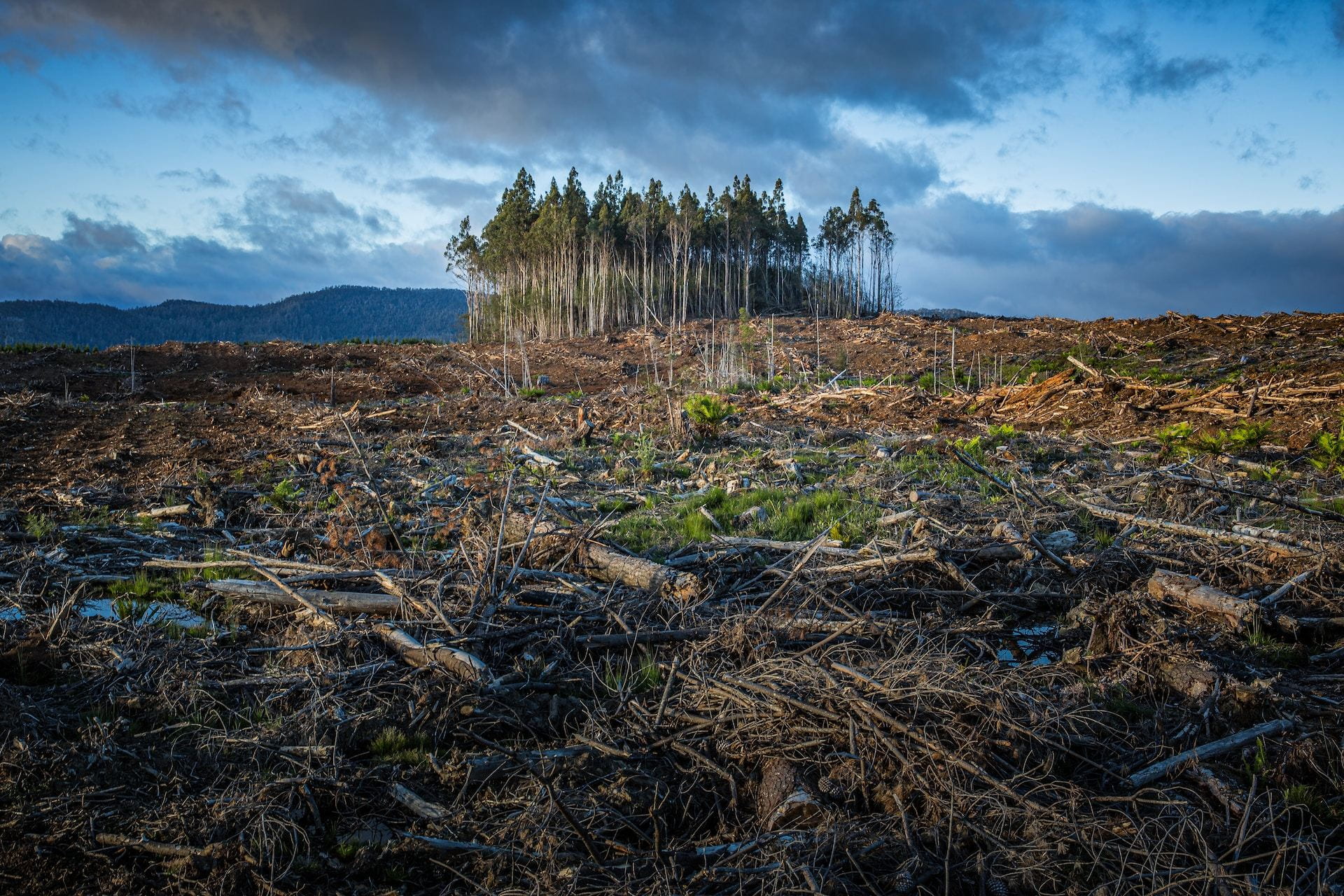Climate Change
Capstone Four
Our fourth area of research covers Africa-led projects aimed at slowing down and mitigating the effects of climate change, which are likely to be felt acutely by African countries.
A number of these projects are funded by the Perivoli Climate Trust. PARC will oversee their progress of these projects and help the African principle investigators connect up to University of Bristol researchers where appropriate. More detail about this research can be found on the Perivoli Climate Trust website.
Microplastic pollution: Characterization, source apportionment and impacts in Winam Gulf of Lake Victoria

The study, supported by the PARC Partnerships fund, attempts to identify the extent of microplastic pollution in the lake water as well as the nature and extent of pollution from additives in the plastics. The effect of microplastics on phytoplankton, which are essential in carbon drawdown, is also being evaluated. Currently sampling and preliminary sample processing is being done at Masinde Muliro University of Science and Technology, while sample analysis is being carried out at the University of Bristol.
Project team
- Principal Investigator: Dr Fred Lisouza, Masinde Muliro University of Science and Technology (MMUST)
- University of Bristol collaborator: Dr Charlotte Lloyd
Summary

Lake Victoria sampling: a plankton net which gets dragged through the water and collects particles of plastic
Microplastic pollution has received global attention in the last 10 years, following decades of accelerated large-scale production of plastics worldwide, including Africa. However, there is very little information on the occurrence, distribution, fate and impact of MPs pollution in various environmental compartments in Africa. This is due to lack of capacity and/or lack of access to modern scientific equipment required for microplastic analyses.
This study will be based on the waters of Winam Gulf which is a 56km shallow gulf from the lake which stretches to Kisumu, Kenya’s third largest city with a population of about 1 million and where there is also caged fish farming. The study will attempt to identify the extent of microplastic pollution in the Lake water as well as the nature and extent of pollution from additives that feature in the plastics in varying forms, ranging from dyes, UV stabilisers, plasticisers, flame retardants, among other pollutants.
The effect of microplastics on phytoplankton, the microscopic aquatic algae, that inhabit the lake just beneath its surface and which through photosynthesis utilise carbon from the atmosphere and are therefore essential in carbon drawdown, will be evaluated.
This study was developed by Dr. Fred A. Lisouza of Masinde Muliro University of Science and Technology (MMUST), Kenya, in collaboration with Dr. Charlotte Lloyd of University of Bristol (UoB), UK. Sampling and preliminary sample processing will be done at MMUST, while sample analysis will be carried out at UoB.
The study will also host one MSc (Chemistry) student (Female) registered at MMUST, who will be jointly supervised by Dr Lisouza and Dr Charlotte Lloyd. Dr Lisouza will be the corresponding author to the publication resulting from this work.
Twelve additional climate change-related projects
Led by the University of Namibia (UNAM) and Namibia University of Science and Technology (NUST) – Namibia
Final reports from these projects will be compiled into a shared UNAM-PARC publication in summer 2024. This will provide the basis for further research
meetings and webinars, bringing together UNAM and University of Bristol researchers later in the year.
LAND
- Assessing the impact of bush control on soil carbon sequestration, soil fertility and groundwater recharge in Namibian rangelands
- Ecological restoration as an Ecosystem-based Adaptation (EbA) approach to addressing the impacts of desertification and climate change in Namibia
WATER
- Assessment of the hydrological processes in wetland groundwater ecosystems in semi-arid environments
ALTERNATIVE FOODS
- An analysis of Facultative Crassulacean Acid Metabolism (CAM) photosynthetic plants as a novel agricultural production system in drier climates
- Mushroom cultivation using harvested bush encroachers
- A study of indigenous succulent plants as carbon capture machines

ANIMAL CONSERVATION
- Assessing the carbon sink potential of camel-thorn trees in semi-desert areas
- An assessment of the clinical effects of water-based perphenazine on the behaviour of boma-kept Impala
- Piospheric dynamics in semi-arid protected areas under changing climate: Towards climate-adaptive waterpoint management in Etosha National Park, Namibia
- The geographical origin of pangolin specimens confiscated in Namibia
RENEWABLE ENERGY
- Demonstration of small-scale biogas generation from succulents

CARBON DRAWDOWN
- A baseline study of giant kelp (macrocystis pyrifera) at the Kelp Blue Farm off the coast of Luderitz to assess its carbon sequestration potential
